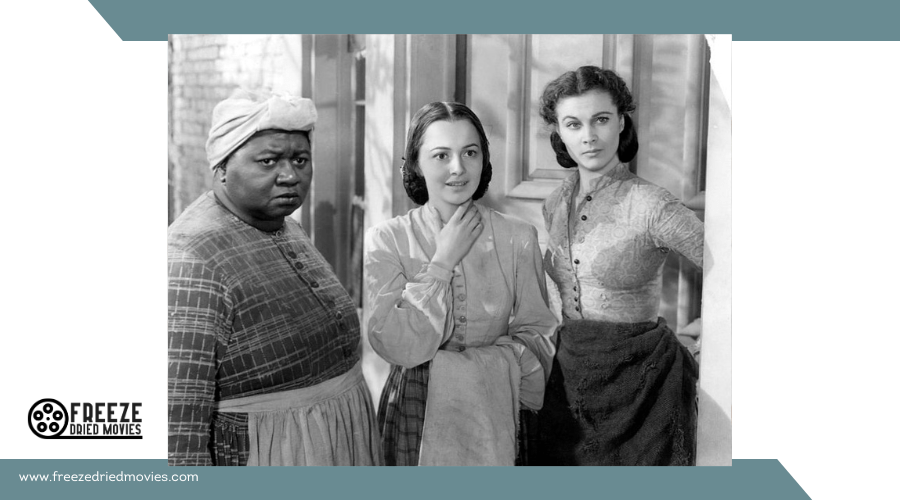The Role of Music in 1930s Cinema: From Scores to Soundtracks
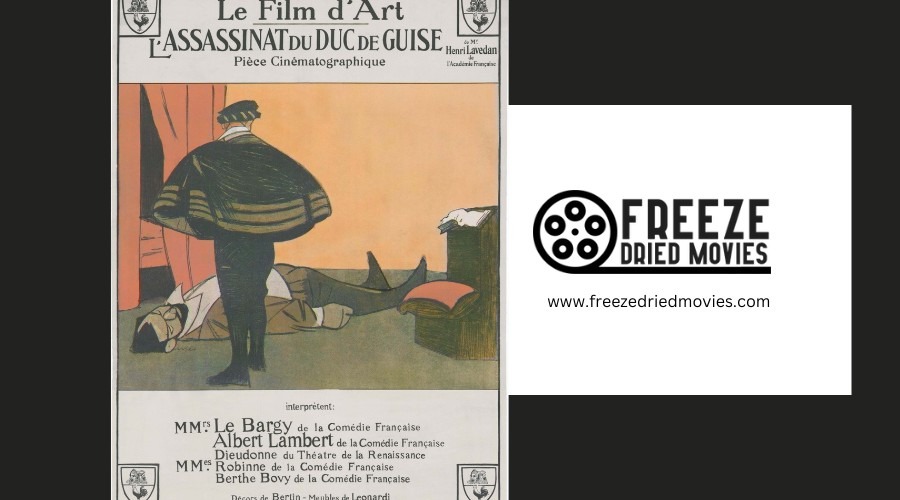
Imagine sitting in a 1930s movie theater, the screen flickering to life as the initial notes of Max Steiner's score for *King Kong* fill the room. Instantly, you sense the presence of something monumental. This era redefined the relationship between music and film, with composers like Steiner and Korngold crafting scores that did more than accompany visuals—they told stories. What techniques did they use to create such powerful emotional resonance? Understanding these innovations provides a deeper appreciation of how they set the stage for modern cinema.
The Silent Film Era
During the silent film era, spanning from 1894 to 1929, live music was pivotal to the movie-going experience. Pianists or small orchestras often accompanied screenings, masking projector noise and enhancing audience immersion. This period relied heavily on improvisation and classical pieces, paving the way for more structured scoring techniques in later years.
A significant milestone was *The Assassination of the Duke of Guise* (1908), the first film known to be produced with a synchronized score. This innovation underscored the potential for music to be an integral part of cinematic storytelling. Though most music was improvised, the value of a tailored musical experience was becoming evident.
Max Steiner's score for *King Kong* (1933) is cited as the first completely original film score, but its roots lie in the practices of the silent era. Steiner's work demonstrated how music could enhance the narrative, setting a precedent for future film compositions. The silent film era laid the groundwork for the evolution of cinema music, emphasizing live music and original scores as crucial storytelling elements.
The Advent of Sound
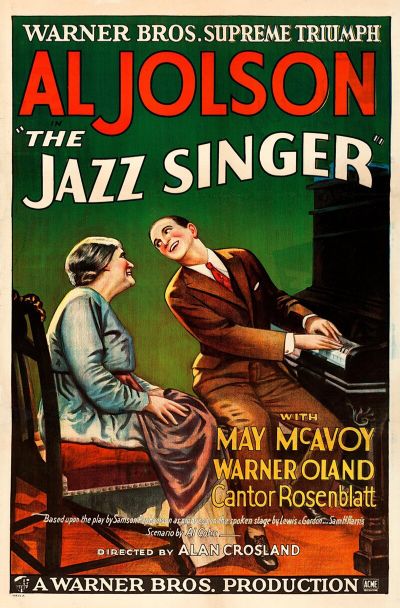
The silent film period's rich musical tradition set the stage for a groundbreaking innovation in cinema: the advent of sound. This significant development began with *The Jazz Singer* in 1927, often credited as the first synchronized sound feature film. This pivotal shift transformed how audiences experienced movies, marking a major turning point in the industry.
With the introduction of sound, the role of film music evolved dramatically. Composers began to be commissioned to create original scores that matched the film's narrative and emotional tone, establishing film scoring as a distinct profession. By the 1930s, film music had grown increasingly sophisticated. Max Steiner, for example, pioneered the use of leitmotif in film scores, particularly in *King Kong* (1933), enhancing narrative depth.
During this decade, the shift from live accompaniment in theaters to fully orchestrated scores occurred. These orchestral scores heightened audience immersion and emotional engagement. Technological advancements allowed for the seamless integration of music and dialogue, transforming storytelling and setting the stage for modern film scoring practices. Consequently, the advent of sound in cinema not only enriched the viewing experience but also laid the foundation for future innovations in film music.
Early Film Composers
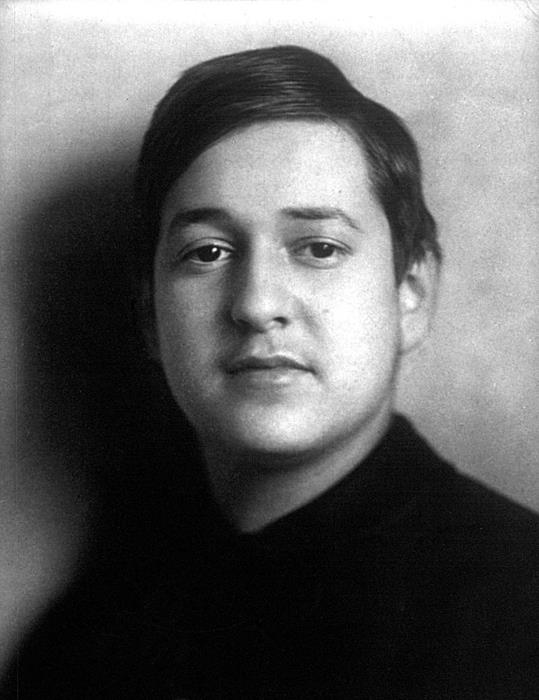
Examining the early film composers of the 1930s, such as Max Steiner, Erich Wolfgang Korngold, and Alfred Newman, reveals how they revolutionized film scoring. They introduced techniques like the symphonic film score, continuous scoring, and the use of leitmotifs, which significantly enhanced the emotional and narrative depth of movies. Their pioneering work laid the foundation for the evolution of film music, influencing countless scores that followed.
Pioneering Film Score Techniques
In the 1930s, film composers like Max Steiner and Erich Wolfgang Korngold revolutionized the relationship between music and cinema, establishing foundational techniques that would influence future generations of composers. Max Steiner, for instance, used the leitmotif in his score for *King Kong* (1933). This technique linked specific musical themes to characters or ideas, significantly enhancing the narrative's depth.
Erich Wolfgang Korngold's work on *The Adventures of Robin Hood* (1938) introduced continuous scoring and lush orchestration, setting new standards for emotional engagement in film music. His original scores captivated audiences, making the music an integral part of the storytelling experience. Korngold's score for *Anthony Adverse* (1936) earned an Oscar, highlighting the growing recognition of film music's importance.
Consider these examples of how music played a vital role in 1930s cinema:
- Leitmotif Usage: Max Steiner's *King Kong* linked themes to characters.
- Continuous Scoring: Korngold's *Robin Hood* created seamless emotional flow.
- Award Recognition: Korngold's *Anthony Adverse* score won an Oscar.
These groundbreaking techniques by Steiner and Korngold demonstrated that film scores could do more than accompany visuals—they could profoundly enhance the entire cinematic experience.
Influential Composers' Early Works
When discussing the pioneers of early film music, the contributions of Max Steiner, Erich Wolfgang Korngold, and Alfred Newman are indispensable. Max Steiner, often called the father of film scoring, revolutionized the industry with his original score for *King Kong* (1933). This innovation marked a departure from the silent era's use of pre-existing music, establishing a new benchmark for film soundtracks.
Erich Wolfgang Korngold left a lasting impact with his score for *Anthony Adverse* (1936), which garnered the first Oscar for Best Original Score. His continuous scoring throughout the film's opening half-hour demonstrated how music could enhance narrative depth and emotional resonance.
Alfred Newman, credited with over 250 film scores, became a foundational figure in Hollywood's musical scene. His work in the 1930s set the stage for a celebrated career, earning him a record nine Oscars.
| Composer | Notable Work | Achievement |
|---|---|---|
| Max Steiner | *King Kong* (1933) | Pioneered original film scores |
| Erich Wolfgang Korngold | *Anthony Adverse* (1936) | First Oscar for Best Original Score |
| Alfred Newman | *One Hundred Men and a Girl* (1938) | Most awarded composer with nine Oscars |
These composers redefined film scoring, integrating music as a crucial element of the cinematic experience.
Evolution of Film Scoring
The 1930s marked a pivotal era in the evolution of film scoring, establishing its integral role in the cinematic experience. Pioneering composers such as Max Steiner, Erich Wolfgang Korngold, and Alfred Newman were instrumental in shaping modern film music. Steiner's innovative score for *King Kong* (1933) was the first to feature a completely original composition, employing leitmotifs to enhance the narrative.
- Max Steiner's Score for King Kong: This score was revolutionary, demonstrating the profound impact of music in evoking emotion and advancing storytelling.
- Korngold's Orchestral Film Music: His composition for *The Adventures of Robin Hood* (1938) set a benchmark for orchestral film scores, influencing future composers like John Williams.
- Academy Awards Recognition: Alfred Newman's Oscar win in 1935 for *One Night of Love* underscored the increasing significance of music in cinema.
Technological advancements in sound synchronization during the 1930s enabled fully orchestrated scores, replacing the live musician accompaniments of silent films. This evolution not only deepened the emotional resonance of films but also paved the way for innovative techniques by composers such as Aaron Copland and Bernard Herrmann, who would later transform the industry.
Techniques in Scoring

Scoring techniques in the 1930s revolutionized cinema, creating engaging and emotionally resonant experiences for audiences. Continuous scoring techniques allowed music to seamlessly underscore emotions and narrative developments throughout a film. This can be seen in Erich Wolfgang Korngold's work on *Anthony Adverse* (1936). During this period, scores became integral to the storytelling process, enhancing the overall impact of films.
Composers like Alfred Newman and Victor Schertzinger played critical roles in studio music departments, pioneering innovative scoring techniques. They worked closely with directors to ensure that the music perfectly complemented the on-screen action and dialogue. This collaboration resulted in memorable film scores that continue to resonate today.
The Academy Awards recognized the significance of these scores by introducing the Best Original Score category in the late 1930s. Erich Wolfgang Korngold won the first Oscar in this category for *The Adventures of Robin Hood* (1938), highlighting the essential role of scores in the film industry.
Key elements include:
| Composer | Notable Work | Technique Used |
|---|---|---|
| Erich Wolfgang Korngold | *Anthony Adverse* (1936) | Continuous scoring |
| Alfred Newman | Various studio collaborations | Collaborative innovation |
| Victor Schertzinger | Various studio collaborations | Hybrid scoring styles |
These techniques laid the groundwork for future developments in film music.
Use of Leitmotif
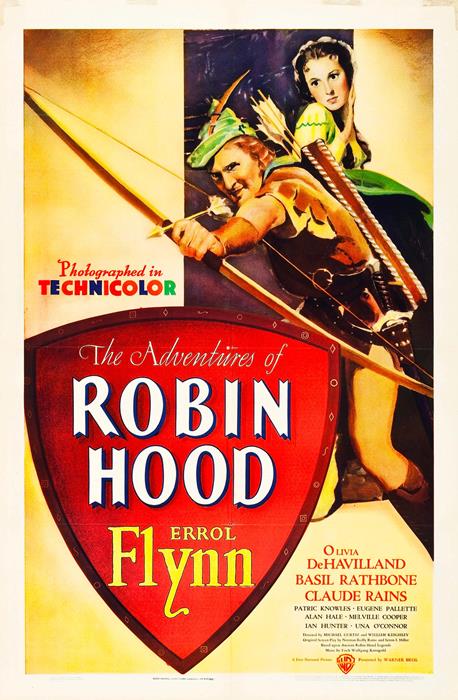
Leitmotif, a brilliant musical technique, brought characters and themes to life in 1930s cinema through recurring musical phrases. Max Steiner's *King Kong* and Erich Wolfgang Korngold's *The Adventures of Robin Hood* masterfully employed this method, enhancing the emotional depth and narrative cohesion of their films. These early uses of leitmotif set the stage for future composers to craft unforgettable, emotionally engaging scores, influencing the evolution of film music.
Character Theme Recurrence
In the realm of 1930s cinema, composers like Max Steiner pioneered the use of leitmotif to enhance emotional engagement and narrative depth. This technique, which ties recurring musical themes to specific characters or ideas, became a cornerstone of film scores, enriching the storytelling experience.
- King Kong's Roar: In Steiner's *King Kong* (1933), distinct musical themes are linked to the giant ape and key moments, forging a powerful emotional bond with the audience.
- Robin Hood's Call: Erich Wolfgang Korngold's score for *The Adventures of Robin Hood* (1938) employs unique musical phrases for characters like Robin Hood and Lady Marian, making their identities unforgettable.
- Iconic Soundscapes: The use of leitmotif allowed composers to craft a musical identity for characters, ensuring they resonated deeply with viewers.
Leitmotif didn't just make characters memorable; it also paved the way for future film composers. By establishing a musical identity, audiences could immediately feel a connection and investment in the story. This innovation by Steiner and Korngold set the stage for later legends like John Williams, who continued to evolve this technique, solidifying its importance in film music history.
Emotional Narrative Enhancement
The use of leitmotif in 1930s cinema profoundly enriched emotional narratives, transforming film scores into powerful storytelling tools. Composers like Max Steiner and Erich Wolfgang Korngold pioneered this technique, crafting unforgettable musical themes that made the characters and their experiences more engaging. In *King Kong* (1933), Steiner's use of leitmotif provided distinct musical cues that underscored the emotional arcs and motivations of the characters. Each time the giant ape appeared, the tension and drama intensified, thanks to Steiner's carefully composed scores.
Korngold's work on *The Adventures of Robin Hood* (1938) further exemplified this technique. Each character had a unique theme, allowing audiences to connect more deeply with their individual stories. The heroism of Robin Hood, the innocence of Maid Marian, and the villainy of the Sheriff of Nottingham were all brought to life through their respective leitmotifs. This musical technique didn't just enrich the emotional landscape; it also deepened the narrative, guiding the audience's emotional reactions to the on-screen action.
Impact on Storytelling
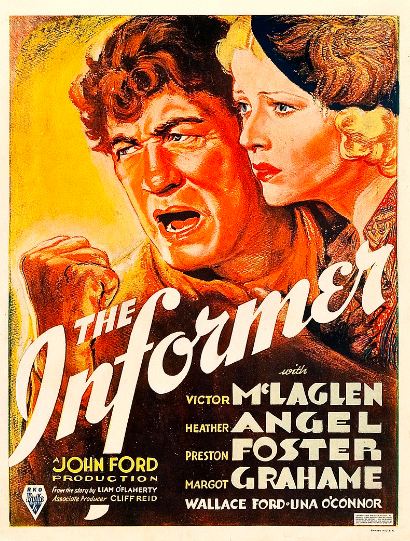
While the 1930s may be remembered for its economic hardships, this period also saw groundbreaking advancements in film music that deeply influenced storytelling. The rise of symphonic film scores, with composers like Max Steiner, transformed how stories were told on screen. By pioneering the use of leitmotif, Steiner enhanced character themes and added narrative depth, as seen in *King Kong* (1933).
- Original Scores: The integration of original scores, exemplified by Steiner's music in *The Informer* (1935), allowed film music to directly heighten emotional tension. This approach set a precedent for future film scoring, making the score a crucial tool for storytelling.
- Continuous Scoring: Continuous scoring became a technique to maintain narrative momentum. In *Anthony Adverse* (1936), music underscored the emotional path of characters, ensuring the audience stayed emotionally connected throughout the film.
- Soundtracks and Popular Music: The introduction of synchronized sound in *The Jazz Singer* (1927) marked a significant moment. With films like *One Hundred Men and a Girl* (1937), the use of popular music in soundtracks reflected contemporary culture and further intertwined music with narrative progression.
These advancements in the 1930s cemented music's role as a powerful storytelling tool in cinema.
Iconic 1930s Scores
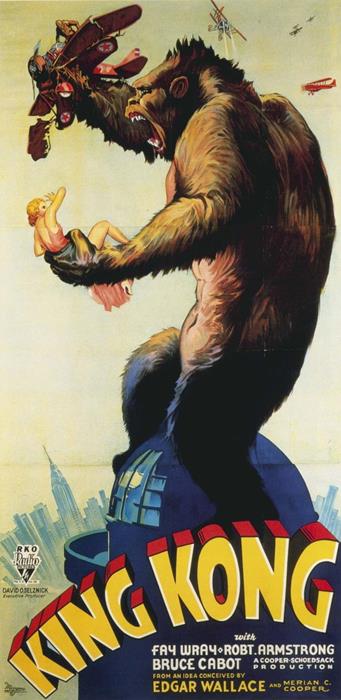
Advancing from the role music played in storytelling, let's spotlight the iconic scores that defined 1930s cinema. A significant milestone was Max Steiner's work in *King Kong* (1933). Steiner's pioneering use of leitmotif set a new standard in film music composition, creating a dynamic connection between the audience and the characters.
Erich Wolfgang Korngold advanced this innovation by winning the inaugural Academy Award for Best Original Score with *Anthony Adverse* (1936). His continuous scoring technique seamlessly wove the music into the narrative, enhancing the film's emotional depth. This approach became a template for future film scores.
Alfred Newman, another giant in the domain of 1930s film music, won the Oscar for Best Score with *One Hundred Men and a Girl* (1937). Newman's work at 20th Century Fox, along with his music department, set high standards for musical excellence in cinema.
While Bernard Herrmann's legendary score for *Psycho* wouldn't arrive until 1960, his style was deeply influenced by the innovations of the 1930s. This decade truly transformed film scoring, laying the groundwork for techniques and styles that would shape the future of cinema.
Evolution of Soundtracks
View this post on Instagram
As cinema transitioned from the silent era to the era of sound, soundtracks evolved significantly, enhancing storytelling and emotional engagement. Key developments include:
- Innovative Sound Films: The 1927 film "The Jazz Singer" pioneered the use of synchronized dialogue and musical scores. This innovation set a new standard for future sound films, allowing for richer narratives and deeper emotional connections with audiences.
- Original Musical Scores: Max Steiner's groundbreaking score for "King Kong" (1933) marked a milestone as one of the first films to feature a completely original musical score. This demonstrated the power of a bespoke film soundtrack to elevate the cinematic experience.
- Rise of the Soundtrack: Throughout the 1930s, the popularity of film soundtracks surged. Composers like Steiner helped establish film music as a distinct art form, significantly shaping the movie-going experience by enhancing emotional engagement and leaving a lasting impression on viewers.
The evolution of soundtracks in the 1930s laid the foundation for future innovations, permanently transforming how audiences experience film.
Influence of Classical Music
Building on the evolution of soundtracks, the influence of classical music in 1930s cinema is profound. Composers like Max Steiner and Erich Wolfgang Korngold played crucial roles in incorporating orchestral arrangements that mirrored operatic and symphonic traditions into film scores. Steiner's groundbreaking work on *King Kong* (1933) stands out, using classical motifs and leitmotifs to enhance emotional storytelling and character development.
Classical compositions provided a familiar auditory backdrop that deeply resonated with audiences, allowing for richer emotional engagement with the cinematic experience. Major studios like Warner Bros. frequently employed classical music to create a grandiose atmosphere. For instance, *Anthony Adverse* (1936) showcased continuous scoring inspired by classical traditions, enhancing the film's dramatic impact.
The integration of classical music not only raised the artistic quality of films during this time but also set a lasting precedent for future film scoring practices. This influence extended beyond the 1930s, impacting composers for generations and ensuring that classical music remained a cornerstone of the cinematic experience.
Legacy in Modern Cinema

The legacy of 1930s film music profoundly shapes modern cinema, establishing techniques still integral to present-day film scoring. Pioneers like Max Steiner, with his use of leitmotif in *King Kong* (1933), created a blueprint for thematic cohesion that composers continue to follow. This practice allows for a deep connection between the audience and characters, enhancing emotional depth in storytelling.
Visualizing this impact involves three key elements:
- Leitmotifs: Modern composers like John Williams use recurring musical themes to represent characters or ideas, a technique rooted in Steiner's work.
- Narrative Integration: The seamless blend of music and story seen in Aaron Copland's *The Heiress* (1949) set a precedent. Today, films still rely on scores to uplift narrative impact.
- Original Scores: The 1930s saw the rise of scores tailored specifically for films, professionalizing the craft. This tradition continues, with composers creating dynamic soundtracks that define contemporary cinema.
The transition from silent films to synchronized scores, marked by *The Jazz Singer* (1927), transformed how film music is composed and utilized. This legacy in modern cinema is evident, driving the emphasis on emotional depth and thematic cohesion in present-day original scores.




